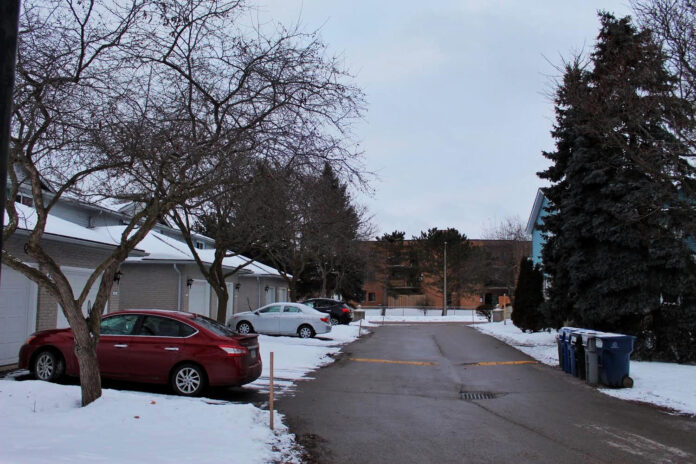Ontario renters in 2022 are facing a potential increase in rent prices after the provincial government updated its rent guidelines, allowing landlords to raise rents by 1.2 per cent in 2022. This marks an end to the rent freeze that was put into place last year. Rent in Ontario has not caught up to 2019 levels as of yet but has seen a year-over-year increase since 2020. According to Rental.ca’s January 2022 National Rent Report, the average rent in Ontario for the fourth quarter of 2021 was $2,269, compared to $1,955 for 2020 and $2,269 for 2019.
Most students living off campus acquire short-term leases that last from four to eight months. The short-term nature of off-campus housing makes students especially vulnerable to rising rental prices, as a student leasing an apartment would have to pay more in rent after their lease expires if they wanted to remain in the same apartment.
This has become standard practice in today’s rental market. A prime example is the doubling of rent for new tenants after a rental building was purchased by Starlight Investments, a real estate investment trust (REIT), in Kitchener. REITs are companies that purchase and own income-producing real estate. Compounding the problem is that students pay 10 per cent more in rent than renters with full-time jobs, as highlighted in a report by WUSA.
According to a report from the Kitchener Waterloo Community Foundation, the reason behind this spike in rental prices is a combination of two factors — rapid population growth and stagnant housing construction. From 2015 to 2020, the population of the tri-cities of Kitchener, Waterloo and Cambridge (KWC) grew by 12 per cent. This translates to approximately 63,700 residents added in a five year period, bringing the population of the KWC metropolitan area from 530,170 in July 2015 to 593,882 in July 2020, and making the KWC area the fastest-growing metropolitan area in North America.
However, this surging population has not sparked a corresponding increase in housing construction. Over the same five year period, from 2015 to 2020, an average of 4,052 houses were built annually. The low level of construction has created a supply shortage of 43,500 houses for KWC. This housing shortage puts additional pressure on rentals as only 20 per cent of new housing construction from 2018 to 2020 was intended for the rental market.
One potential solution to this housing crisis is to increase the number of purpose-built student housing (PBSH). Currently, 42 per cent of PBSH that exists in Canada is located in the City of Waterloo. However, this has not coincided with lower rent prices, rent has continued to increase dramatically demonstrating that even higher-than-average levels of PBSH are not sufficient to reduce the crisis. Other solutions to the crisis, such as density bonuses or zoning changes, require a change in existing government policy at all levels of government. In essence, there is no one miracle solution to fix this issue.





























